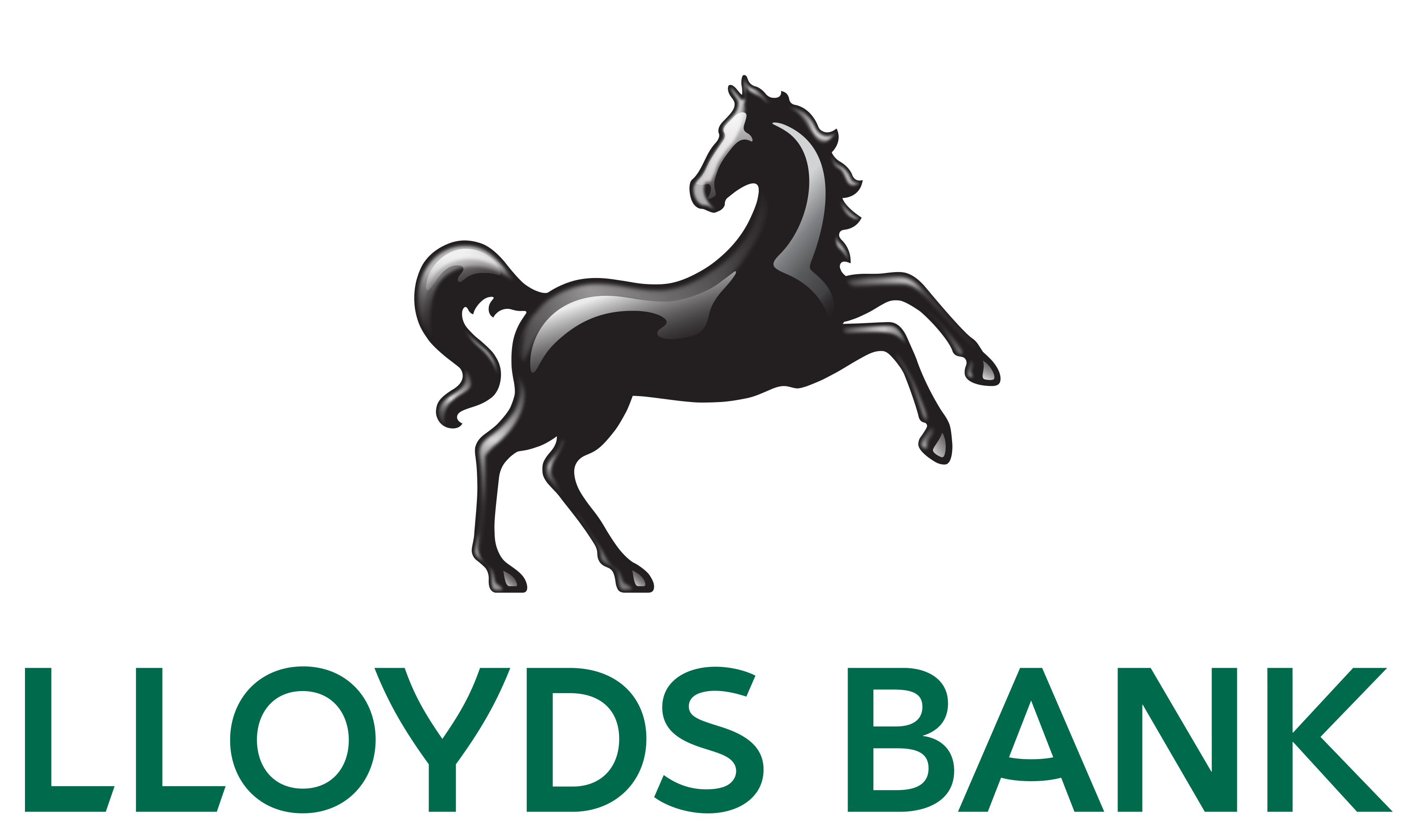Your most common questions answered by our expert team
FDM is one of the most popular 3D printing processes here at 3D Print Bureau – but with this, comes a lot of questions that we get asked by customers on a daily basis. Hopefully we have answered them all below, but if you do still have a burning question then feel free to reach out to our team.
How does FDM work?
A bead of Thermoplastic is extruded through a fine nozzle or tip at a high temperature so that molten plastic can be laid onto the print bed in contours. These contours are printed adjacent to each other to create solid features or in a ‘zig zag’ raster fill to generate the interior
Is there a minimum order charge for FDM printing?
Yes, we have a minimum order value of £35.00
What is the finest wall thickness you can achieve with your Stratasys FDM technology?
In theory we could print down to 127 microns but in reality we recommend a minimum wall thickness or feature thickness of 1mm
What’s the biggest bed size you can print FDM on?
Amongst our 18 Stratasys 3D printers we have two very Large Format industrial printers that can print in a wide range of high performance polymers
➡️ Stratasys F900 has a build volume of 914 x 609 x 914
➡️ Stratasys F770 has a build volume of 1000 x 600 x 600
What’s the best accuracy you can achieve with your industrial Stratasys FDM printers?
Parts can be produced to an accuracy of: +/- .0035 in.(.09 mm) or +/- .0015 in./in.(.0015 mm/mm), whichever is greater and depending on part geometry
What materials can you print using your Stratasys FDM technology?
We have a wide range of functional thermoplastics including ABS, FST rated ULTEM 9085, carbon filled Nylon12, PA12, PC ESD rated materials as well as high temp and high chemical resistant materials such as PEKK.
What colours are available with your Stratasys FDM printers?
Unless you want ABS or ASA colours are limited. Stratasys FDM printers are used in the main for their structural/functional capabilities rather than aesthetics.
Is FDM suitable for electronics applications?
Yes, we have a number of ESD (Electro Static Dissipative) materials available and work with a variety of clients who use our 3D printing capabilities for their electronics applications.
Are any of the FDM materials flame retardant?
Our Stratasys ULTEM 9085 is FST rated and accredited for use within aerospace and rail applications.
Is FDM suited for the manufacturing floor?
Not all FDM systems or materials are suited to industrial applications. However I think it would be fair to say that our Stratasys industrial FDM printers spend the majority of their time printing parts for the manufacturing floor in the guise of Jigs, Fixtures, tooling, bracketing, patterns, CMM jigs etc as well as final parts in some cases.
How is the support material removed from an FDM model?
Our Stratasys industrial FDM printers print two materials at once, one the model material, the other the support material. Being different materials means that the support material can easily be broken away leaving no witness marks or, if you have fine details or reduced access to the support material, say an internal void, we can dissolve the support material away so providing nice smooth parts.
Can FDM models be smoothed and then painted?
Due to the nature of the FDM process there is a fine layering on the Z axis. Should you wish, you can smooth this off in a number of ways, sanding, priming and painting is often used for a saleable end use parts, or you can bead blast, tumble the parts or use vapour smoothing to name a few.
Is it true that you can print with Carbon filled Nylon on your Stratasys FDM systems?
Yes! We have been printing Nylon 12 CF for many years now. Our Nylon CF is different to the common Nylon CF materials used on prosumer devices as we use 35% chopped carbon within the filament to produce a near Isotropic part where the layers are fully bonded rather than laying down separate layers of nylon and carbon which can add issues of its own.
What is the main limitation with 3D printing in FDM materials?
Only being able to produce a part in a single material. It’s the nature of the beast. All materials have different melting points so it would be difficult to print two or more thermoplastics at the same time as they would require the same melting and solidifying temperature.
How do I know whether I need FDM or another 3d printing technology?
Give us a call, we would be happy to discuss your needs and advise accordingly.
Is FDM faster than SLS?
There is no definitive answer to this! This would depend on which printers you are comparing, what material you were printing in and the geometry of the part. 3D printing can be a minefield with many differing views on which technology is best for what application. If you are unsure, we would advise you give us a call.
What is the strongest filament you can print in?
Strength means different things to different people for different applications. There are many considerations regards strength, what is the requirement of the part? Does it need flexibility or rigidity? Will it be compressed? Does it need wear resistance, What environment will it be exposed to? Heat, cold, moisture, UV etc? what chemicals will it be exposed to? Again, if you are unsure, please give us a call and we can discuss which material will be best suited for your needs.



